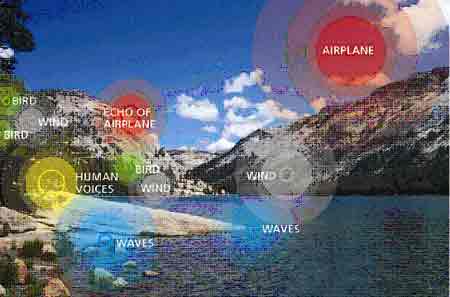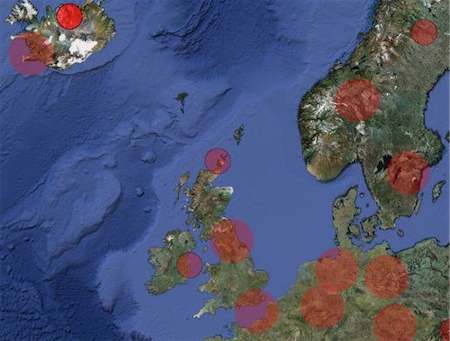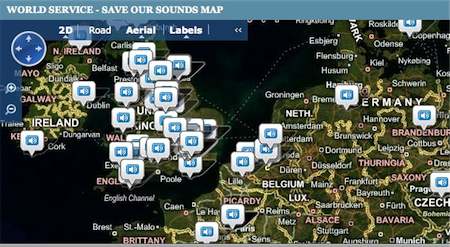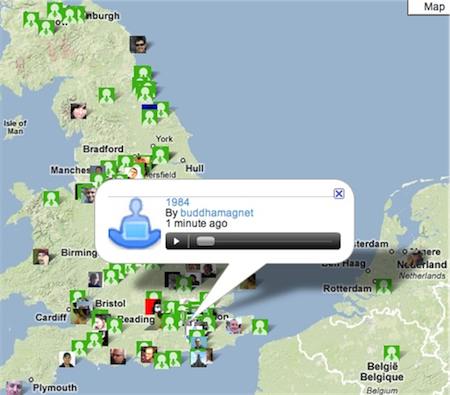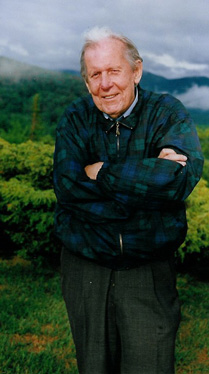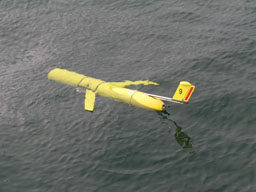Call me naive, but I never imagined that the Fish and Wildlife Service would make it nearly to the conclusion of its process of developing Siting Recommendations for wind farms without any consideration of the acoustic footprint of these sprawling industrial installations. Of all the possible impacts that large wind farms may have, their acoustic presence is likely to be second only to the raw habitat changes in its localized biological significance. The Federal Advisory Committee charged with drafting FWS recommendations and procedures for assessing impacts on wildlife has been working since 2007, and has just released the 3rd Draft of its recommendations, which contain not one single occurance of the words noise, acoustics, or ambient. Acoustic appears only in references to acoustic monitoring to identify the presence of bats or birds. Sound appears three times, each one in the phrase “scientifically sound,” which may in fact be related to the lack of attention to any acoustic impacts or effects in the rest of the document. In correspondence with a committee member, I learned that they had briefly discussed noise impacts of turbines, but had quickly concluded that there was insufficient science on which to base any recommendations.
I have no idea what the members were aware of in the bioacoustics and anthropogenic sound literature, but there is a long (if not always broad) body of research into the effects that road noise, ocean noise, aircraft and military noise, and more have on wildlife–looking at avoidance, stress hormones, disruption of mating, and acoustic masking. The nature of wind turbine noise is not so different than some of the noise sources that are well studied. In addition, bioacousticians are constantly adding to our understanding of the hearing ranges and acoustic communication/behaviors of an increasingly wide range of species. And, in order to pass muster with local or state permitting standards, wind farm developers must produce sound modeling maps showing their predicted sound levels at various distances from turbines. Surely there is enough here for FWS to address the simple need to assess potential wind farm sites to be sure that any especially acoustically sensitive species will either not be significantly affected, or have suitable nearby habitat to relocate to.
The National Park Service Natural Sounds Office is but one (and the most experienced) agency office that is always ready to share its expertise with other agencies; one of the more intriguing recent NPS research efforts has been looking precisely at the sort of noise impacts that could be caused by wind farms: modest increases in background ambient noise, and how that may make it more difficult for predators to hear and find prey (e.g., mice in leaves), or make it harder for prey to hear predators in time (e.g., owl wings or stalking bobcat). The US Forest Service, National Marine Fisheries Service, BLM, and National Science Foundation all consider noise impacts as a matter of routine; why does FWS consider the topic too complex or too little understood to be relevant to this foundational document?
The committee may feel that existing assessments of habitat impacts will protect animals from more subtle acoustic effects as well. In some wide-open spaces (such as ranch land), this may be the case, as the turbines and their infrastructure will create ongoing visual/presence impacts. On wooded ridges, however, acoustic impacts could well outstrip visual and road-related impacts: the small footprints of the turbine towers will be surrounded by forests where the increased noise will be a primary effect, and in some topography, lowlands beneath ridges may well be significantly noisier for at least a half mile, and in many cases, up to a mile from the edge of the wind farm, especially at night. We can only hope that the committee reassesses their dismissal of this potentially significant siting factor, or that there will be an opportunity for scientists and other agencies to comment and amend the recommendations before they are finalized.
See the http://www.fws.gov/habitatconservation/windpower/wind_turbine_advisory_committee.html#mce_temp_url#, where you can download the latest draft, as well as a PDF version of the presentation to be made at a public meeting this week.
